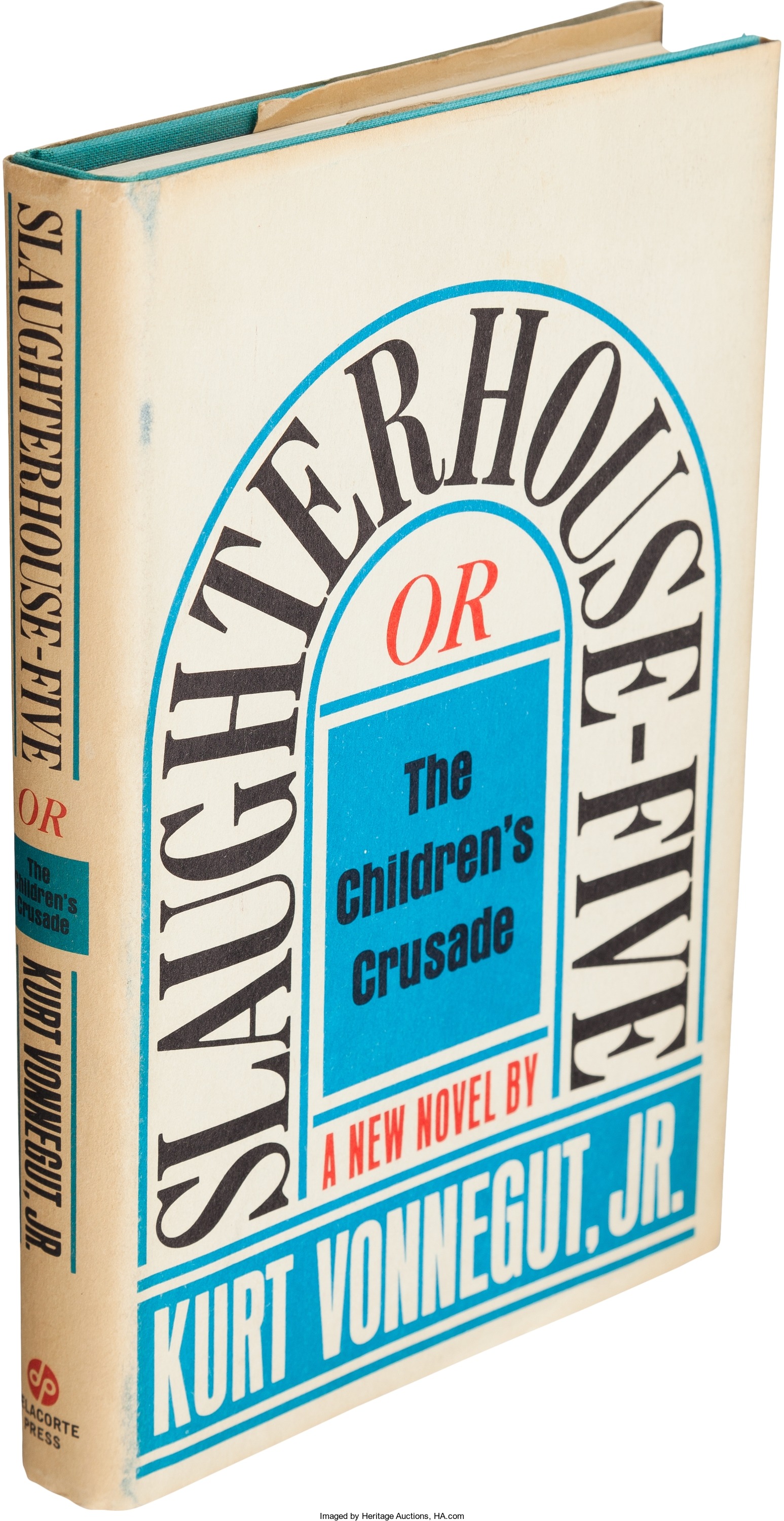
By Jim O’Neal
The famous bombing raid of Dresden, Germany, on Feb.13-15, 1945, has been called the most barbaric, senseless act of World War II. During the night, the RAF Bomber Command carried out the first raid, with 873 bombers dropping thousands of incendiaries and high-explosive bombs as large as 4 tons. This set the city on fire and started a ferocious firestorm. As the rising columns of intense heat sucked up oxygen and burned it, hurricane-like winds were created and temperatures soared up to 1,000 degrees Fahrenheit.
At noon, 311 B-17s from the U.S. Eighth Air Force dropped 771 tons of bombs on the flaming city, specifically with the intent of killing firefighters and rescue workers as they worked on the streets. The following day, another 210 B-17s dropped 461 tons of bombs on the remains of the city.
The firestorm raged for four days and could be seen from 200 miles away.
On the ground, people in air-raid shelters suffocated or were baked alive. Author Kurt Vonnegut (a German POW) described the scene in a letter to his parents: “On February 14th, the Americans came over, followed by the R.A.F. Their combined labors killed 250,000 people in 24 hours and destroyed all of Dresden – possibly the world’s most beautiful city. But not me. … After that we were put to work carrying corpses from air-raid shelters; women, children, old men; dead from concussion, fire or suffocation. Civilians cursed us and threw rocks as we carried bodies to huge funeral pyres in the city.”
Vonnegut was eventually liberated by the Soviets after their planes strafed and bombed his POW railroad car. He said he was the only man to be shot at by Germans, Americans and Russians … and bombed by the British … and survive.
Why would the Allies want to bomb a commercial city into ruins when it was probably devoid of any genuine war targets? One theory is that they had simply run out of strategic places to hit. The cities along the Rhine-Ruhr in Western Germany had been demolished and/or occupied by mid-February. Berlin, Leipzig and other central cities were rubble. Dresden was one of the few relatively intact cities and was attracting refugees.
The British, unjustifiably, got most of the blame and the attack became a mark of shame. So much so that Marshal Arthur Harris, Commander of the RAF Bomber group, was the only major British wartime leader not to be honored with peerage after the war.
Vonnegut’s death toll was gradually reduced over time to 35,000, but his sci-fi book and movie Slaughterhouse-Five is filled with his WW2 experiences.
 Intelligent Collector blogger JIM O’NEAL is an avid collector and history buff. He is President and CEO of Frito-Lay International [retired] and earlier served as Chairman and CEO of PepsiCo Restaurants International [KFC Pizza Hut and Taco Bell].
Intelligent Collector blogger JIM O’NEAL is an avid collector and history buff. He is President and CEO of Frito-Lay International [retired] and earlier served as Chairman and CEO of PepsiCo Restaurants International [KFC Pizza Hut and Taco Bell].
